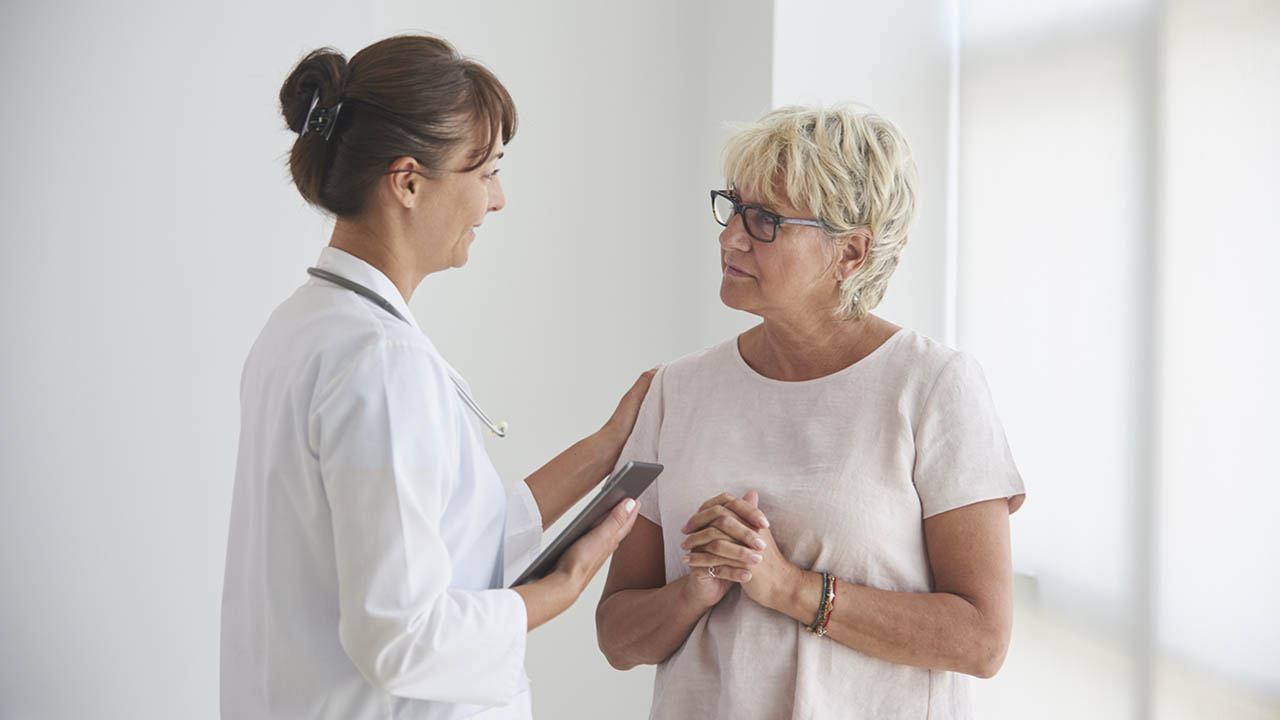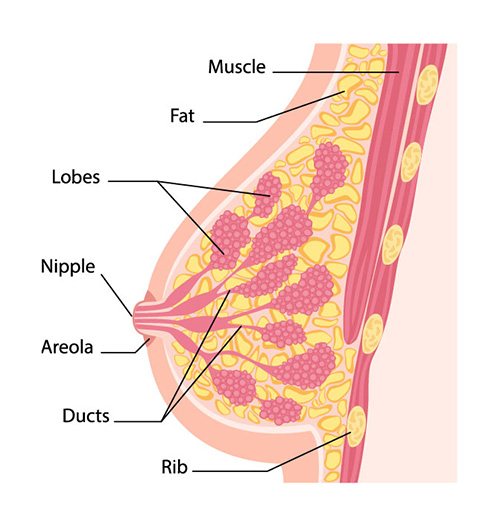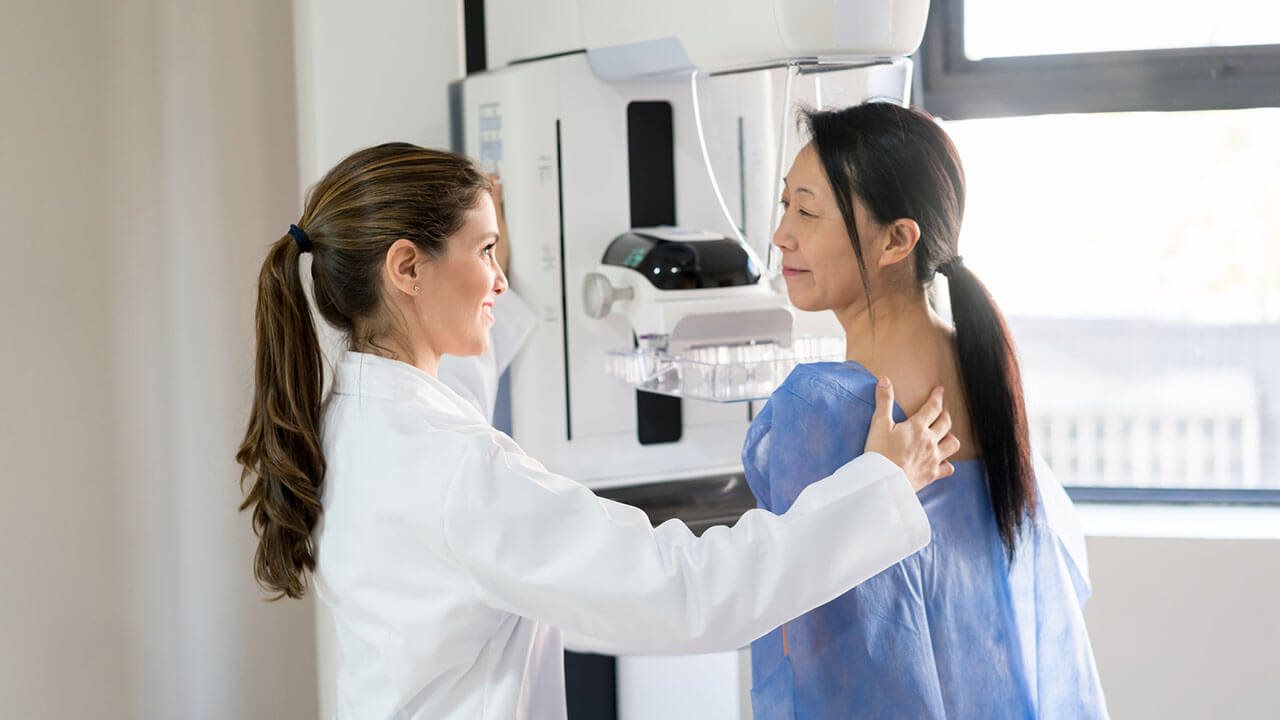

You’ve been told to check your breasts regularly for lumps, but do you know what to do if you find one?
Finding a lump can be scary. At Prevea Breast Surgery, we understand the fear that comes with finding a breast lump. We all know someone who has or has had breast cancer. When a new lump is found, often our first thought is “could this be cancer?” So, what should you do?
Step 1: Try not to panic.
The breast tissue is naturally lumpy and bumpy; the tissue looks like mini clusters of grapes on a vine which are arranged like spokes on a wheel around the nipple. Sixty percent of the breast tissue is packed into the upper, outer quadrant of the breast. Most breast lumps are not cancerous. The breast tissue fluctuates throughout the month and can sometimes feel more prominent at certain times of the month than others due to hormonal changes. Hormone fluctuations and other age-related changes in the breasts can cause benign growths such as cysts, fibrous masses (also called fibroadenomas), and dilated ducts. We can’t say with 100% certainty if a lump is benign or cancerous strictly based on how it feels.
The most common descriptors of a cancerous lump include:
However, cancers do not always have these characteristics, and noncancerous growth on the skin or in the breast (benign lesions) can also have some of these characteristics. It can be very difficult at home to determine the exact features of a lump. What you do know is that something is new and different on self-exam, and you’re concerned.
At your visit, your provider will want to know more details such as:
At Prevea Breast Surgery, we promise you will leave with a plan for further assessment and follow up to rule out any developing breast tissue abnormalities whether benign or cancerous. We’re here for you and we’ll work through this together.
Click here for information about our breast cancer risk assessment and management program.
Finding a lump can be scary. At Prevea Breast Surgery, we understand the fear that comes with finding a breast lump. We all know someone who has or has had breast cancer. When a new lump is found, often our first thought is “could this be cancer?” So, what should you do?
Step 1: Try not to panic. 
The breast tissue is naturally lumpy and bumpy; the tissue looks like mini clusters of grapes on a vine which are arranged like spokes on a wheel around the nipple. Sixty percent of the breast tissue is packed into the upper, outer quadrant of the breast. Most breast lumps are not cancerous. The breast tissue fluctuates throughout the month and can sometimes feel more prominent at certain times of the month than others due to hormonal changes. Hormone fluctuations and other age-related changes in the breasts can cause benign growths such as cysts, fibrous masses (also called fibroadenomas), and dilated ducts. We can’t say with 100% certainty if a lump is benign or cancerous strictly based on how it feels. The most common descriptors of a cancerous lump include:
- Firm or hard texture.
- Irregular shape.
- Fixed or matted into place.
- Persistently present with or without gradual increase in the size of the lump.
However, cancers do not always have these characteristics, and noncancerous growth on the skin or in the breast (benign lesions) can also have some of these characteristics. It can be very difficult at home to determine the exact features of a lump. What you do know is that something is new and different on self-exam, and you’re concerned.
Step 2: Make an appointment with a Prevea breast specialist
You can make an appointment with a Prevea breast specialist by clicking here or by calling Prevea Breast Surgery at (920) 272-3350 or your primary care provider for further assessment.
At your visit, your provider will want to know more details such as:
- How and when you found the lump.
- How big the lump feels to you and if it seems to have grown.
- If you have other associated breast symptoms such as redness, swelling, warmth, overlying skin thickening or dimpling, nipple discharge or inversion, breast pain, or lumps under your armpits.
- If you have a history of injury or trauma to the breast.
- If you ever had lumps like this in the past and what was done, especially if this took place at another health care system because these records cannot always be seen in your Prevea chart.
- If you have a family history of breast or other cancers.
Step 3: Prepare for your visit.
While you wait to be seen, collect any outside records related to your breast history and talk to your family members for an up-to-date cancer-related family history. In that time, try not to overly touch the breast where the lump is located. It is a natural response to feel the area more frequently to assess for changes. Repeatedly assessing the area will cause the breast tissue to inflame which can result in pain, swelling, and sometimes scar tissue-like changes which can have long-lasting effects.At Prevea Breast Surgery, we promise you will leave with a plan for further assessment and follow up to rule out any developing breast tissue abnormalities whether benign or cancerous. We’re here for you and we’ll work through this together.
Click here for information about our breast cancer risk assessment and management program.



